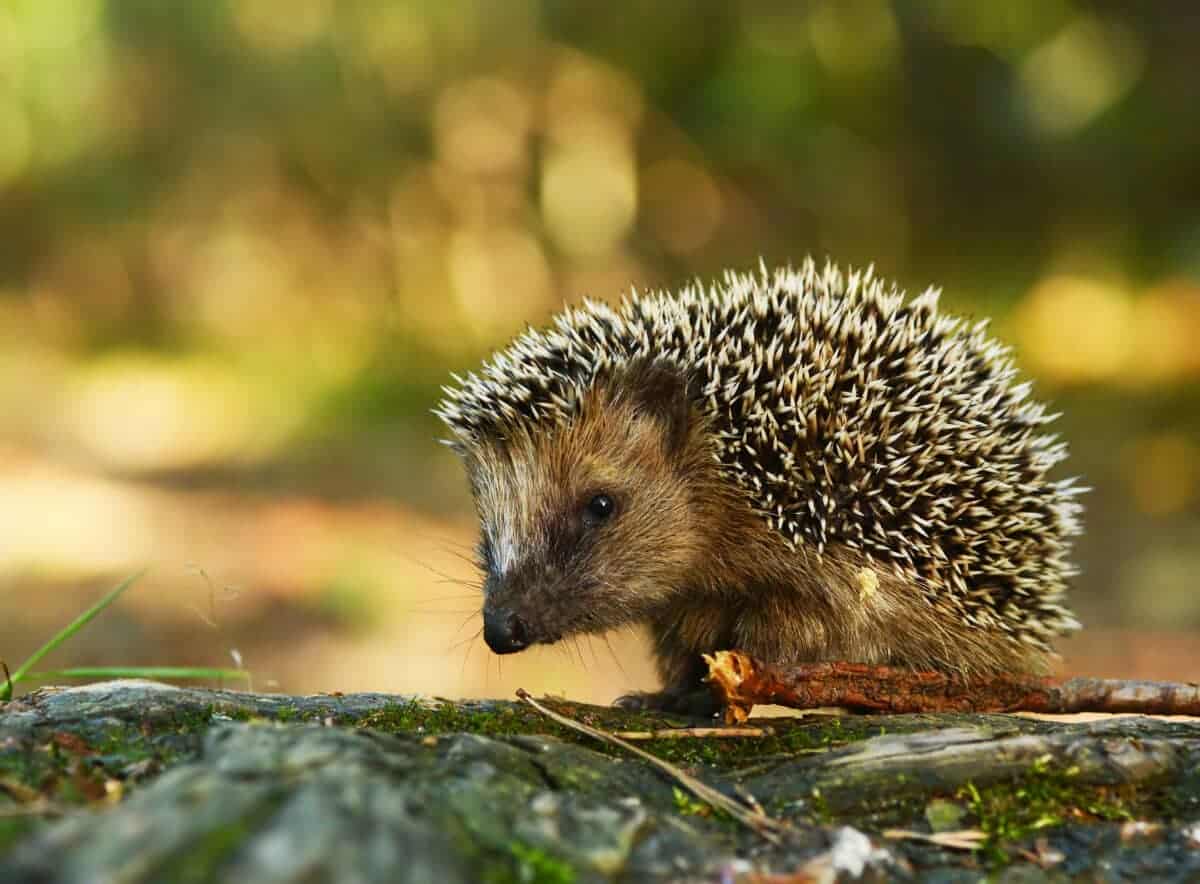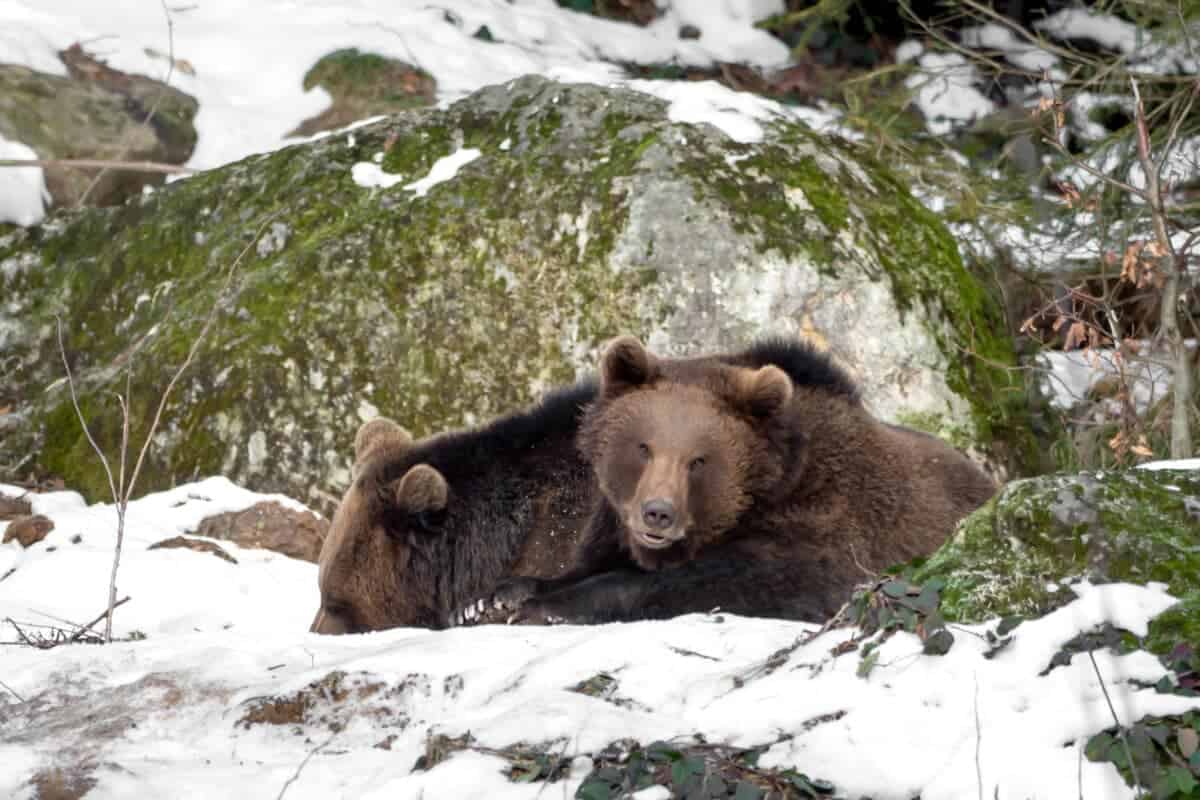Hibernation is a remarkable adaptation that allows certain animals to survive harsh environmental conditions by entering a state of deep sleep. During this period, these creatures conserve energy, slow down their metabolism, and endure long periods without food. While many animals hibernate, some species take the concept of winter slumber to the extreme, enduring months of inactivity. In this article, we’ll explore five animals that boast some of the longest hibernation periods in the animal kingdom.
Arctic Ground Squirrel (Urocitellus parryii):

The Arctic Ground Squirrel, native to the Arctic and subarctic regions of North America, is a master of long-term hibernation. These small rodents can hibernate for up to eight months each year. To survive the extreme cold of the Arctic, they dig burrows where they enter a state of torpor, reducing their body temperature to just above freezing. Remarkably, during hibernation, their heart rate drops from around 200 beats per minute to as low as 3 beats per minute.
European Hedgehog (Erinaceus europaeus):

The European Hedgehog, a familiar sight in gardens across Europe, is another champion of hibernation. These spiky creatures can hibernate for up to six months, typically from late autumn to early spring. During this time, their body temperature drops significantly, and they enter a state of torpor, relying on stored fat reserves for sustenance. Hedgehogs hibernate to conserve energy when food is scarce and temperatures are unfavorable for foraging.
Little Brown Bat (Myotis lucifugus):

Bats are known for their unique hibernation habits, and the Little Brown Bat is a prime example. Found throughout North America, these bats can hibernate for several months, with some individuals entering a state of torpor for up to six months. To endure the winter, they seek out cool, dark places such as caves or abandoned mines. During hibernation, their metabolic rate drops drastically, allowing them to survive on stored fat until warmer temperatures arrive and insects become abundant once again.
Wood Frog (Lithobates sylvaticus):

The Wood Frog, found in North America, has developed a fascinating ability to survive freezing temperatures during hibernation. As winter approaches, these frogs enter a state of suspended animation, allowing ice to form within their bodies without causing harm. This adaptation allows them to hibernate for several months until the warmer spring temperatures prompt them to thaw and resume their normal activities. The Wood Frog’s unique ability to survive freezing makes it one of the most resilient hibernators in the animal kingdom.
Eastern Box Turtle (Terrapene carolina carolina):

While reptiles are not typically associated with hibernation, the Eastern Box Turtle, found in the eastern United States, undergoes a state of dormancy during the winter months. These turtles dig burrows or find natural shelters to escape the cold. Remarkably, some individuals can hibernate for up to five months, relying on stored energy reserves to sustain them during this period of reduced activity.
Join our Forum for free today!

- Second American Killed by Elephant in Zambia This Year - July 22, 2024
- Elderly Man Kills Grizzly Bear in Montana - July 22, 2024
- Missing Cat Found Weeks Later, 40 Miles Away - July 21, 2024

